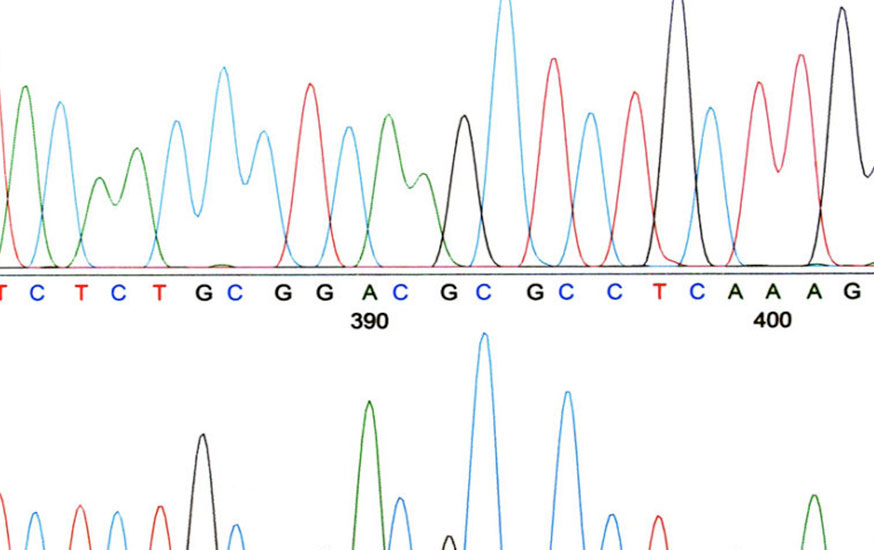Recently, the United States Pharmacopeia and National Formulary (USP-NF) announced a three-month public consultation period on a proposal to change the approach to impurity reporting thresholds for drug products and drug substance monographs[i]. This activity is part of the USP-NF’s ongoing efforts to ensure that monographs reflect technical advances and current regulatory expectations. In 2016, the FDA requested that reporting thresholds for drug products not be part of monographs as the use of such thresholds may lead to non-specified toxic impurities being uncontrolled and, more recently, the same was requested for drug substances. The nitrosamine levels in the angiotensin II receptor blocker drugs (sartans), as well as the recent revelation regarding some ranitidine products, have brought concern about non-specified toxic impurities into the headlines. The regulatory agencies are now frequently citing firms during inspections for inadequate handling of extraneous peaks.
Now back to extraneous chromatographic peaks (unexpected and unwanted peaks that appear in the chromatogram). Firms struggle to establish procedures for addressing extraneous peaks. Currently, the ICH Guidances ICH Q3A(R2), “Impurities in New Drug Substances,” and ICH Q3B(R2), “Impurities in New Drug Products,” address the chemistry and safety aspects of impurities/degradation products, including the listing of impurities in specifications, and define the thresholds for reporting, identification, and qualification. Similarly, ICH M7(R1), “Assessment and Control of DNA Reactive (Mutagenic) Impurities in Pharmaceuticals to Limit Potential Carcinogenic Risk,” provides guidance on acceptable levels of genotoxic impurities.
Many firms have no specific, detailed procedure for addressing extraneous peaks at all, while others have procedures with thresholds that are arbitrarily established (e.g., 0.5%, 1%, 5%, etc.) without any scientific justification or consideration of the ICH guidances. Additional confusion still exists at firms around whether extraneous peaks experienced in chromatographic testing using methods not qualified for testing for impurities (assay, dissolution, cleaning validation, etc.) need to be investigated. Long story short, there is a lot of need for additional guidance in the areas of reporting thresholds for impurities and investigation of extraneous peaks. Consider contributing to the USP-NF monograph modernization process related to impurity reporting thresholds, and also reassessing your procedures for handling extraneous peaks.
For further information and assistance on the topic of extraneous chromatographic peaks, please contact lcs@lachmanconsultants.com.
[i] USP–NF Compendial Notices, Reporting Threshold in USP-NF Monographs: Proposed Policy Change for Public Comment, August 13, 2019




